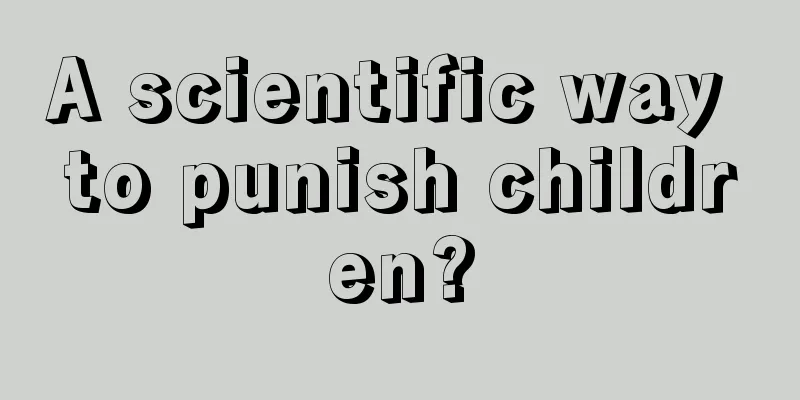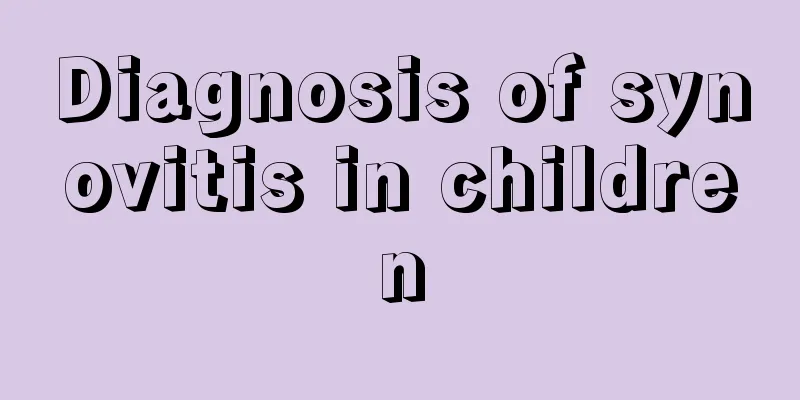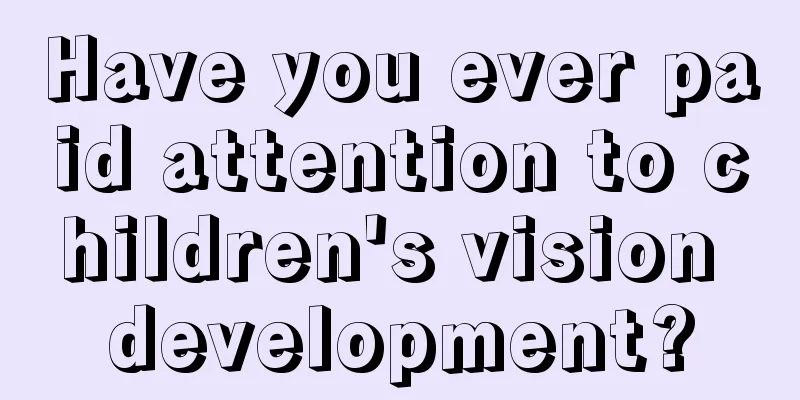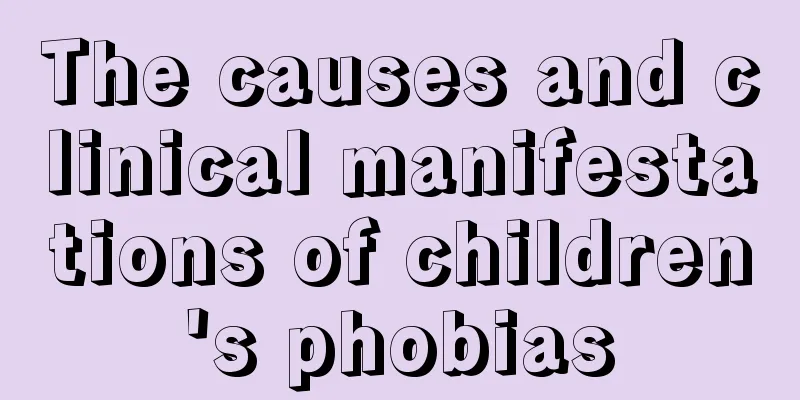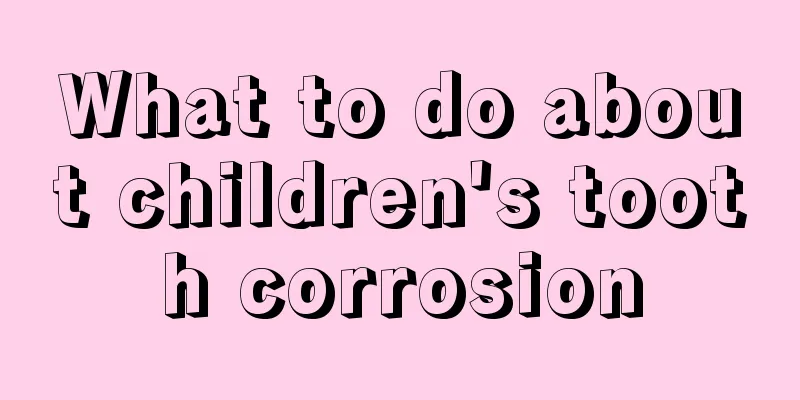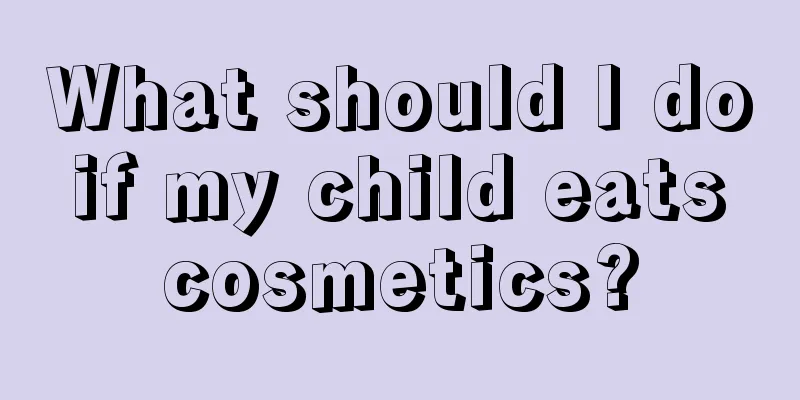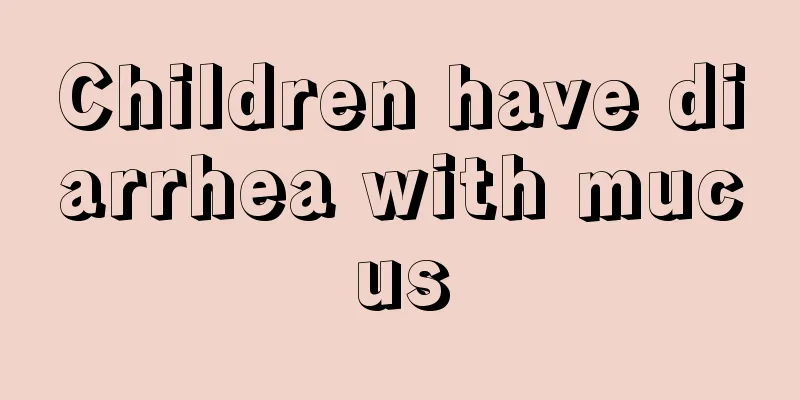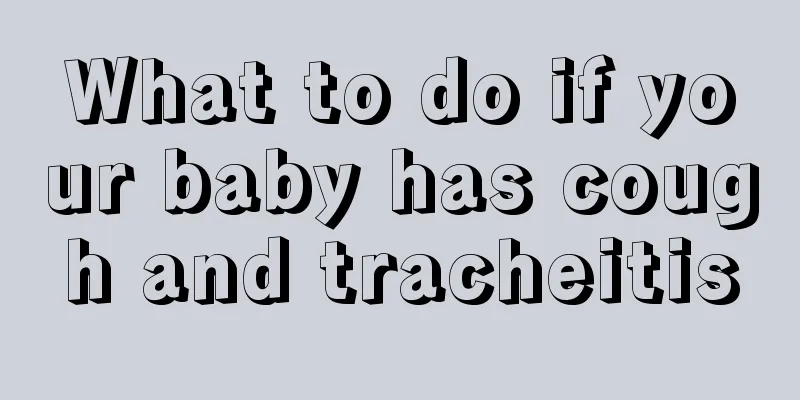What are the symptoms of cataracts in children?
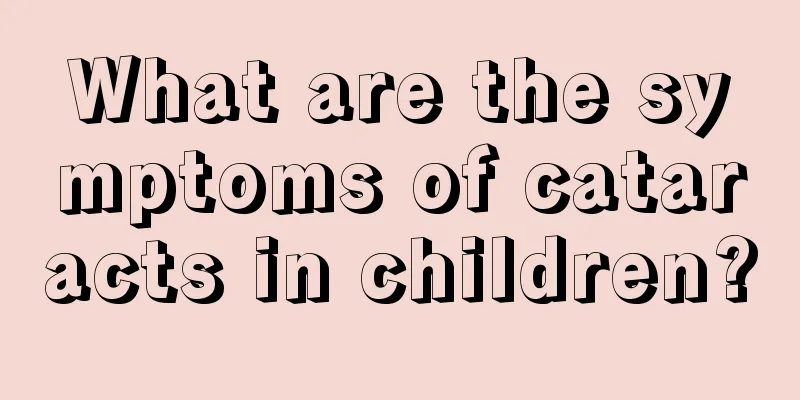
|
I believe everyone is familiar with cataracts. It is an eye disease that people often hear about in life, but most of the time, cataracts are a problem that affects the elderly. In fact, many children also have cataracts, which are often congenital. Many children with congenital cataracts often have other eye diseases. The presence of these complications aggravates visual impairment and increases the child's eye discomfort. Therefore, when diagnosing and treating congenital cataracts, it is important to pay attention to the presence of these complications. Take appropriate diagnostic and treatment measures. According to experts, the main complications of cataracts in children are as follows: 1. Strabismus: More than 1/2 of patients with unilateral cataract and less than 1/2 of patients with binocular cataract have strabismus. Due to the opacity of the lens of one eye or the change of refractive power, the vision decreases; or the different opacities of the lens of both eyes cause unbalanced vision of both eyes, which destroys the fusion mechanism and gradually causes strabismus. In addition, the eyes affected by congenital cataracts may have certain anatomical abnormalities (such as microphthalmos) and certain intraocular diseases, which can also lead to the occurrence of strabismus and gradually worsen. Certain systemic diseases may cause congenital cataracts combined with strabismus, such as Lowe's syndrome, Stickler's syndrome, neonatal hemolytic disease and certain chromosomal abnormality syndromes. 2. Nystagmus is caused by congenital cataracts, which affects vision and makes it impossible to focus, resulting in swinging or searching nystagmus, also known as secondary nystagmus. It can be reduced or disappear after cataract surgery. If nystagmus cannot be eliminated after surgery, it will inevitably affect the recovery of vision. Congenital cataracts combined with nystagmus can also be seen in certain systemic diseases, such as dysplasia of the lower jaw, deletion of the long arm of chromosome 21, and Marinesco-Sjögren syndrome. 3. For patients with congenital microphthalmia and congenital cataract combined with congenital microphthalmia, it is impossible to achieve ideal visual recovery. Even after cataract surgery, visual recovery is limited. The presence of congenital microphthalmia has nothing to do with the type of congenital cataract. It may be caused by lens opacity during abnormal lens development, which changes the size of the eyeball and is mostly related to genetics. In addition to small eyeballs, certain intraocular tissues (such as iris and choroid) may also be missing. Congenital cataract combined with microphthalmia can also be seen in certain systemic diseases, such as Norrie's disease, Gruber's disease and certain chromosomal aberration syndromes. 4. Retinal and choroidal lesions: A small number of patients with congenital cataracts may have combined myopic chorioretinopathy, tapetum retinopathy, Leber congenital amaurosis, and macular dystrophy. 5. Due to poor development of the iris pupil dilator muscle, the pupil is not easy to dilate after the mydriatic drops are applied, which brings certain difficulties to the examination and surgery of cataract patients. 6. In addition to the more common complications mentioned above, other complications may also include lens dislocation, lens coloboma, congenital aniridia, congenital iris and/or choroidal coloboma, pupillary membrane remnant, large cornea, keratoconus, aqueous vitreous artery, etc. The problem of complications of cataracts in children cannot be ignored. Once treatment is delayed, it will be a lifelong regret for the child. It is said that the eyes are the windows to the soul, and having a pair of beautiful and healthy eyes is something to be proud of. Therefore, for our future, eye diseases must be treated in time and not delayed. This also reminds us to protect our eyes and pay attention to eye hygiene in our daily lives. |
<<: What is the reason why children urinate frequently at night?
>>: What are the treatments for hypertension in children?
Recommend
What is the standard for primary school students' vital capacity?
Many primary school students lack exercise, which...
What to do if your child has vitiligo
Vitiligo is a common acquired localized or genera...
The difference between exanthema and measles
Roseola and measles often show similar symptoms, ...
The child's throat always makes a humming sound
The healthy growth of children is the common wish...
Blisters on baby's face
In our lives, many babies will get some chickenpo...
How to prevent the sequelae of fever and convulsions in children?
Children's fever must be treated promptly, ot...
Why does my four-month-old baby's thumb turn inward?
After having a baby in the family, the baby's...
How long is the standard sleep time for a 3-year-old baby?
Sleep is a very important behavior for the human ...
What food is good for children with diarrhea?
When the baby has diarrhea, not only the baby fee...
Symptoms of mild brain injury in babies
The causes of brain damage are relatively complex...
What is the dosage of antelope horn powder for children?
Antelope horn powder actually has a relatively hi...
What should I do if my 3-year-old baby gets angry?
In our lives, getting angry is a relatively commo...
Why does a newborn spit bubbles?
Newborn drooling, known as drooling in written la...
What causes hair loss in boys?
If a boy has hair loss, the top of the head will ...
How to quickly relieve bloating in children?
If a child has bloating, the pressure inside the ...
